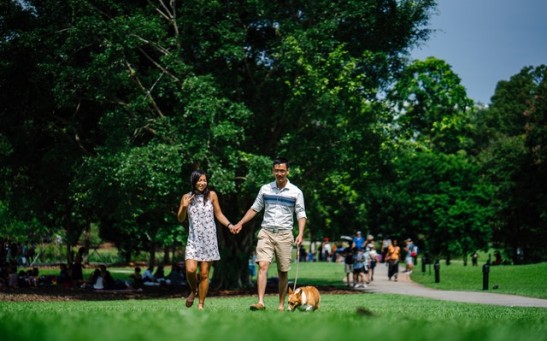stroke
World Stroke Day 2021 Celebrates New Treatments, Healthy Lifestyle to Avoid the Second Leading Cause of Death
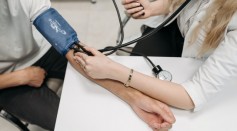
Physical Medicine and Rehabilitation: New Study Suggests Stroke Patients May Take Up to 3 Months to Recover
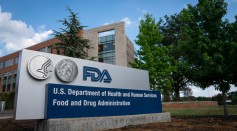
FDA Approves First Stroke Rehabilitation Option That Uses Vagus Nerve Stimulation System

Sedentary Lifestyle Can Increase One’s Risk of Stroke; Higher Than Those Spending More Time for Physical Activity
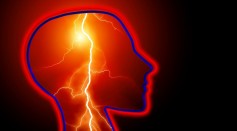
Stroke Treatment: Nanophotosynthesis Can Reduce Dead Neurons, Help Blood Vessels Grow
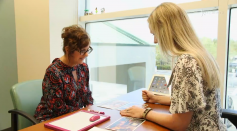
Language Therapy After a Stroke Doesn't Need to be Intensive
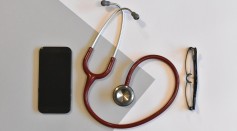
Cardiovascular Deaths on Children Increases At An Alarming Rate
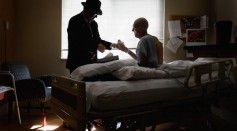
Early Teenage Weight Gain Could Result Increase Stroke Risks Upon Reaching Adulthood, Study Reveals
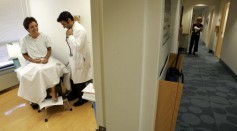
Researchers Reveal The Effects Of Aspirin On People With Hard Arteries & Breast Cancer
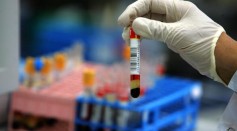
Therapeutic Molecule That Prevents Blood Clots Which Causes Heart Attack & Stroke, Discovered By Scientists
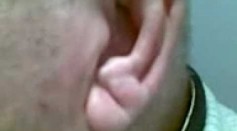
Weird Ear Lobes Crease Could Tell Higher Risk of Stroke & Other Cardiovascular Problems
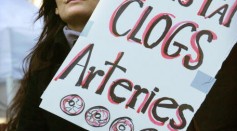
Trans Fat Ban Saved Millions Of People By Lessening Strokes, Heart Attacks, Hospitalization In New York City
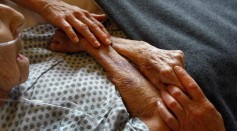
Stroke Medications: Find Out Why Some Stroke Survivors Ignore Their Doctor’s Advice
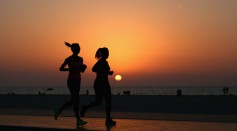
Exercise Increases Chances Of Post-Stroke Recovery & Helps Avoid Physical Disability
Most Popular

How Technology Is Changing the Real Estate Industry?

How a Plant-Based Diet Can Protect Against Breast Cancer: Insights from Nutrition Research

Study Reveals High Turnover in Scientific Research Careers: What This Means for Future Scientists

Nikolay Karpenko Biography, Photo, Career, Accomplishments

